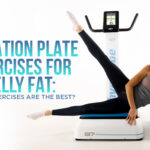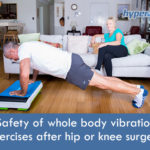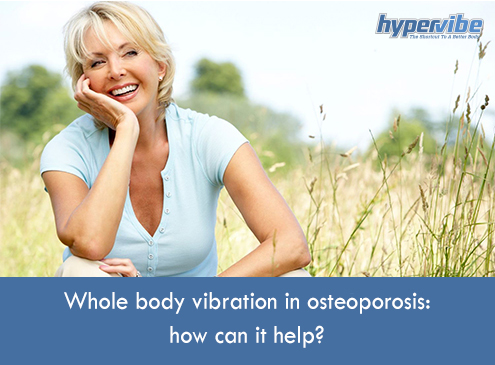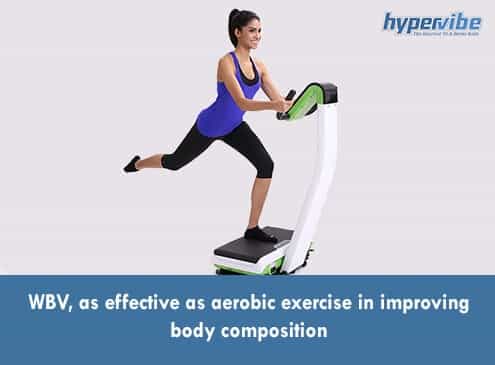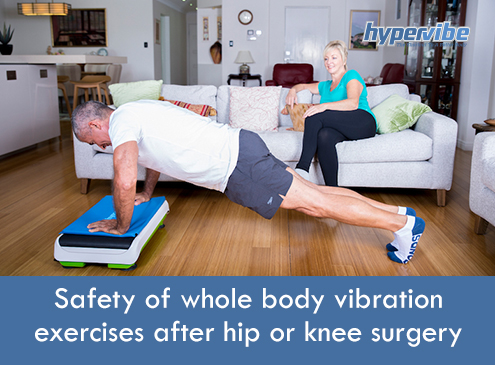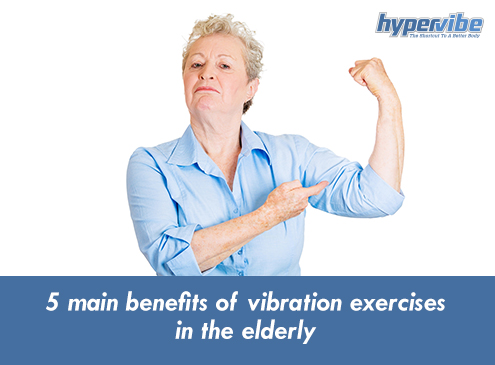Does WBV Really Increase Bone Density? Here’s What Studies Say
When it was first introduced more than 20 years ago, whole body vibration training as we know it today was considered an innovative tool for weight loss and muscle conditioning, as well as a time-efficient alternative to conventional exercise. But the initial applications of whole body vibration were not limited to fitness and beauty.
Time and studies have proven that this form of physical activity can be used for treatment and rehabilitation purposes as well, being effective especially in conditions that affect the muscles, bones and circulatory system. But despite the numerous studies confirming the benefits of vibration exercises in people with weak muscles or bones, there are still voices that say this form of workout and therapy does not influence the locomotor system in a significant manner.
We’ll therefore take a look at two review papers aimed at proving the beneficial effects of vibration exercises on bone density in adults.
199 patients who tried vibration training saw improvements in their BMD
BMD comes from bone mass density, an index that reflects the strength of bones by indicating the calcium content in the tissue. People suffering from osteoporosis, osteopenia or other similar conditions have lower BMD values, so their bones are weaker and more prone to fractures.
Conventional exercise and a balanced diet can keep bones healthy and improve their density, but the amount of calcium in bones decreases with age, and can also be negatively influenced by a sedentary lifestyle, consumption of certain foods and beverages, smoking and other unhealthy habits.
Unfortunately, the weaker one’s bones get, the more effort is required for restoring their health and minimizing the risks. Whole body vibration can offer a safe and time-efficient solution for strengthening the bones and decreasing the risk of fractures, being a convenient alternative to weight lifting and classical strength exercises.
A systematic review published in 2014 investigated the effects of whole body vibration on bone density, analyzing the results from 5 studies.
The aim of this review was to determine whether the activation of muscles triggered by vibration training has any effect on the bone mineral density, or the mechanical vibrations sent by the WBV machines affect only the muscle tissues.
The premise was that the muscle activity and contractions that result from vibration training lead to bone deformations that may provoke an increase in BMD in time. To test this hypothesis, researchers analyzed the results obtained by 199 adults with ages between 60 and 79 years, who performed vibration exercises on either vertical or side-alternating platforms. The frequencies varied between 12Hz and 40Hz, and accelerations varied between 0.1G and 10G.
Significant improvements were found in muscle activity and bone density in the lumbar spine and hip in both groups of people, participants performing 3 sessions of whole body vibration exercises per week (15 minutes / session).
These findings confirmed the results of a similar systematic review published in 2008, aimed at evaluating the effects of vibration exercises on bone density in humans. After investigating 9 studies, researchers found that WBV may lead to significant improvements in bone density in the trabecular bone of the hip, back and tibia, as well as in the cortical bone of the tibia. No serious adverse effects were reported, although there were some minor reactions like skin redness and temporary itching, or knee pain in two overweight subjects.
In these studies, the frequencies varied between 12Hz and 90Hz, amplitudes between 0.7mm and 4.2mm and G-forces or acceleration values between 0.2G and 10G. Most of the studies used vertical vibration, and focused on postmenopausal women with or without osteoporosis, but included young and healthy subjects as well.
As you can see, research confirms the beneficial effects of vibration training on bones, so if you suffer from a condition that affects your bone density and makes you more prone to fractures, it may be worth adding whole body vibration to your weekly exercise routine.
Have something to add to this article? Comment below or join our Facebook community and share your thoughts with us!

